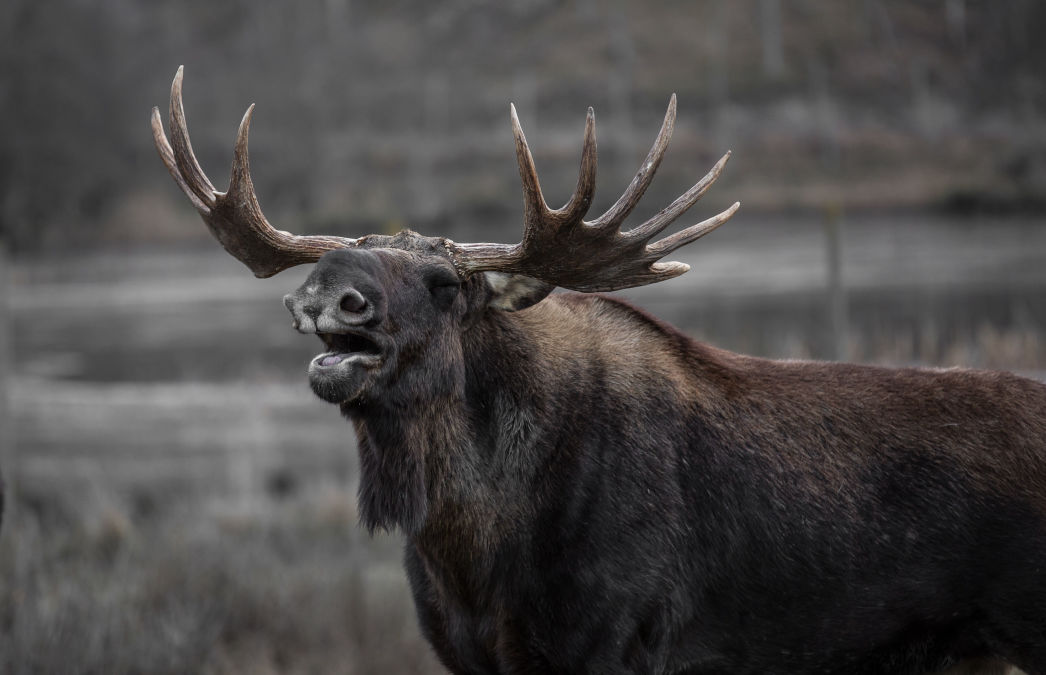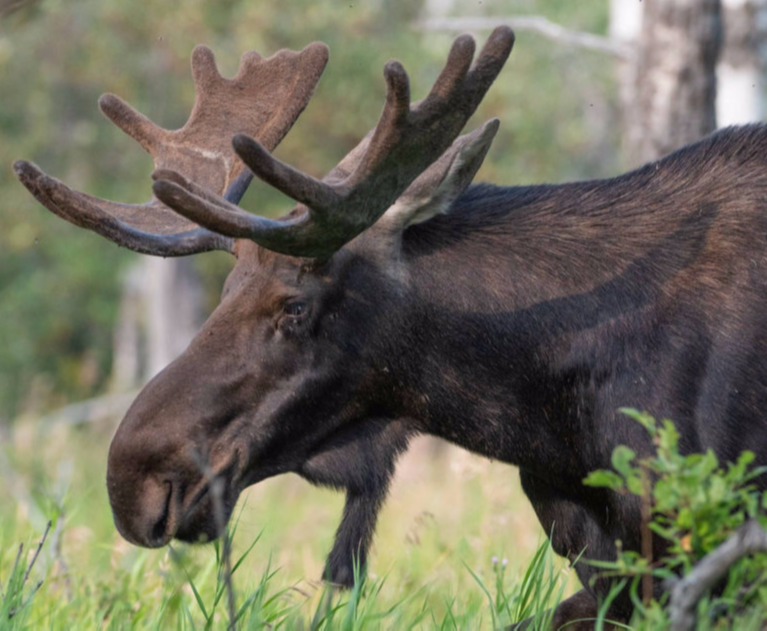The growth of the antler is truly an amazing thing to watch
Antlered animals most familiar to people in North America include moose, elk, caribou and white-tailed deer.
Each year, normally between mid December and the end of January, depending on location and weather conditions, these animals “shed” their antlers, with new antler growth being put on hold until mid to late April. The shed antlers become a high calcium feast for forest rodents and will eventually decompose into the ground providing nutrients to the surrounding soil.



